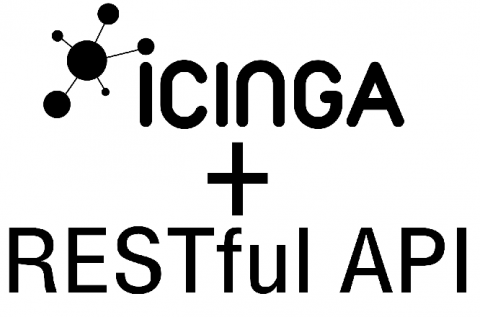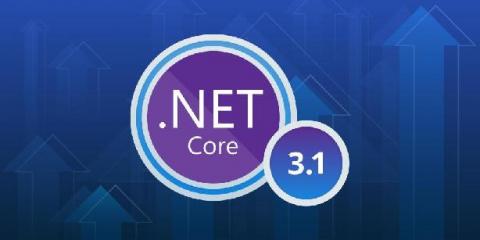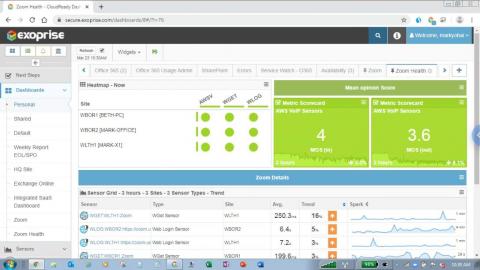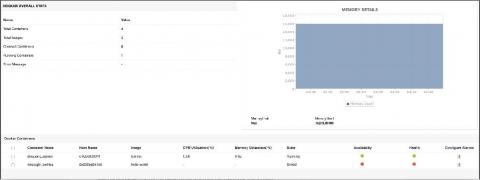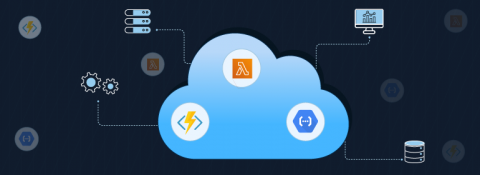Creating a host through the Icinga 2 API
Learning about the Icinga API can be an eye opening moment for some, and lead to a path of automation and configuration management. But where to start? Well, you can always check out the Icinga API documentation for that. But today, I have an idea for you – I’ll show you how to create a host through the Icinga 2 API.


